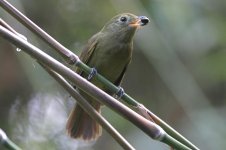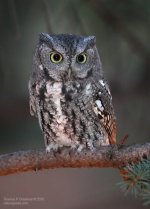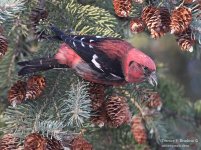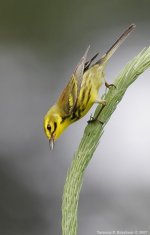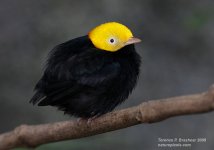frinky
Well-known member
In my dabblings a 580 in the hot shoe still generated substantial steel-eye in the birds I tried it on at 500mm. Having to use a proper flash bracket (and no way of using one easily on my 393 gimbal) only made it more awkward hence my lack of bothering.
I do use flash heavily for macro, though. It's still hard to get natural looking results, but with very small apertures etc there are far more occasions where it's necessary, and I find it easier to use on a smaller macro rig where flash is my main light source and can be diffused.
For the OP, IMO using flash for fill might be worth investigating, but using it in a subtle way to compensate for a slower lens would be very tricky.
I do use flash heavily for macro, though. It's still hard to get natural looking results, but with very small apertures etc there are far more occasions where it's necessary, and I find it easier to use on a smaller macro rig where flash is my main light source and can be diffused.
For the OP, IMO using flash for fill might be worth investigating, but using it in a subtle way to compensate for a slower lens would be very tricky.




